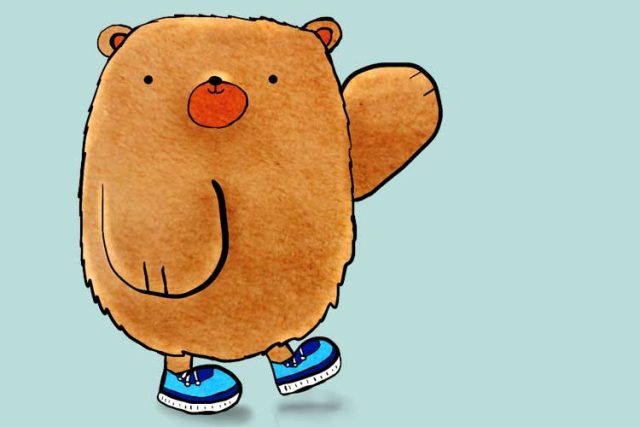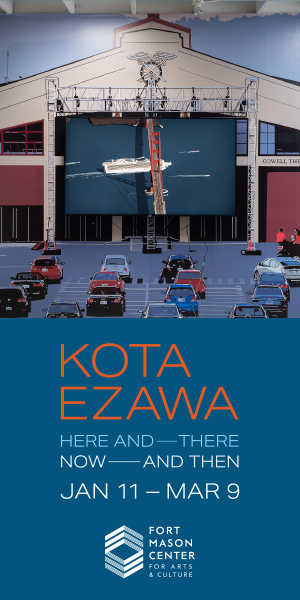The California summer conundrum is in effect on the coast — and on display in the two cities I call home. Only one of them seems to regularly embody the “hot town” of the Lovin’ Spoonful oldie, “Summer in the City.” That would be Los Angeles, which can get a little heated as June rolls around — and not just when it comes to show-biz fervor. Meanwhile, fog-shrouded San Francisco is usually beyond brisk at this time of year. In fact, it’s downright chilly where it’s hilly.
These aren’t micro-climates but full-on macro-climates, if that’s a thing. The sheer size of the Golden State, its geographical position, and its topographical features — oceans to the left, farmland in the middle, mountains to the right, forests to the north, deserts to the south, etc. — mean that anything goes (and comes) on the weather front. In other words, as per usual, California has it all, and your wardrobe should be ready for anything, especially if you’re like me and constantly travel up and down the state.
I’m not going to indulge in the sort of hyperbole expressed by the familiar quote that’s often erroneously attributed to Mark Twain: “The coldest winter I ever spent was a summer in San Francisco.” It’s not like it’s snowing by the Bay in the summertime. But you usually need a jacket in the daytime and layers in the evening or you risk a case of the shivers. And if ever there was an official town of the summer cold, it would have to be our 7×7 enclave.
FOGGY NIGHT FIREWORKS
Nor is it so oppressively muggy in L.A. that there’s a 24/7 heat advisory. Generally speaking, the dry desert air of SoCal means that the sweating isn’t as bad as in, say, New York, Chicago, or certain swampy places around the Gulf of Mexico. But the devilish thing called climate change has meant that record temperatures above the 110-degree mark are more common in L.A.’s San Fernando Valley and points south than ever before. In this case, being a hot commodity in Hollywood isn’t a mixed blessing. It’s an invitation to heat prostration.
The billows of June fog coming through the Golden Gate, over and under the landmark bridge that links the city to Marin, and filtering east as snaky tendrils between Twin Peaks are lovely to behold. Going by first-hand experience and the eye-yi-yi test, Karl the Fog (for the meteorological phenomenon now has a name affixed to a Twitter account of its own) hangs out well into July and beyond. It’s presence on many a July 4th has frequently undermined Independence Day fireworks displays on the Bay. Of course, if your idea of fireworks is a sky filled with bursts of color-shifting pastel clouds that look like multi-hued celestial cotton candy, you’re in luck when Karl drops by for the festivities.
As the days of May ticked off on Russian Hill, the temperature regularly dropped into the low 50s after dark, which belied the “warm San Franciscan nights” of another song from bygone times. I gave thanks for the handy space heater that I never thought I’d use on Memorial Day weekend. If things stay true to form (and there are no guarantees of that), San Francisco will eventually experience welcome warmth . . . in October. Our annual Indian Summer is a balmy certainty as Halloween approaches — or it was before global weather patterns went cuckoo.

THE SIZZLE STRIKES
Meanwhile, an incendiary summer will surely creep into the Los Angeles metroplex by July and may very well start reproducing the sort of swelter that greeted me during a few weeks of outdoor broiling last summer. I recall one weeknight around 8:30 p.m. when I drove into the parking lot of the Trader Joe’s in Studio City, turned off my car’s engine (and air conditioning), opened the driver’s side door, and was greeted with a furnace blast of 109 degrees. It would be almost two weeks of scorchers. How hot was it? The tiny inhabitants of the ant colonies who usually went about their business in the backyard decided that, in the absence of microscopically small fans, life would be much cooler indoors. They seemed to really like the kitchen. According to the clerk at a local hardware store, ant traps were flying off the shelves.
With all of the empirical evidence at hand and factoring in all of the unexpected climate changeability, it’s not necessarily easy to be prepared for whatever summer these destination towns have in store. I guess a decent rule of thumb might be to think of one as a potential refrigerator and the other as a probable oven. Except when they aren’t. I guess I’ll just schlep sweatshirts and comforters and shorts and sandals to wherever I happen to be and hope for the best. It could be worse. Like Antarctica or Mumbai worse.
Michael Snyder is a print and broadcast journalist who covers pop culture on “The Mark Thompson Show,” via YouTube, and on “Michael Snyder’s Culture Blast,” via GABNet.net, Roku, and iTunes. You can follow Michael on Twitter: @cultureblaster





